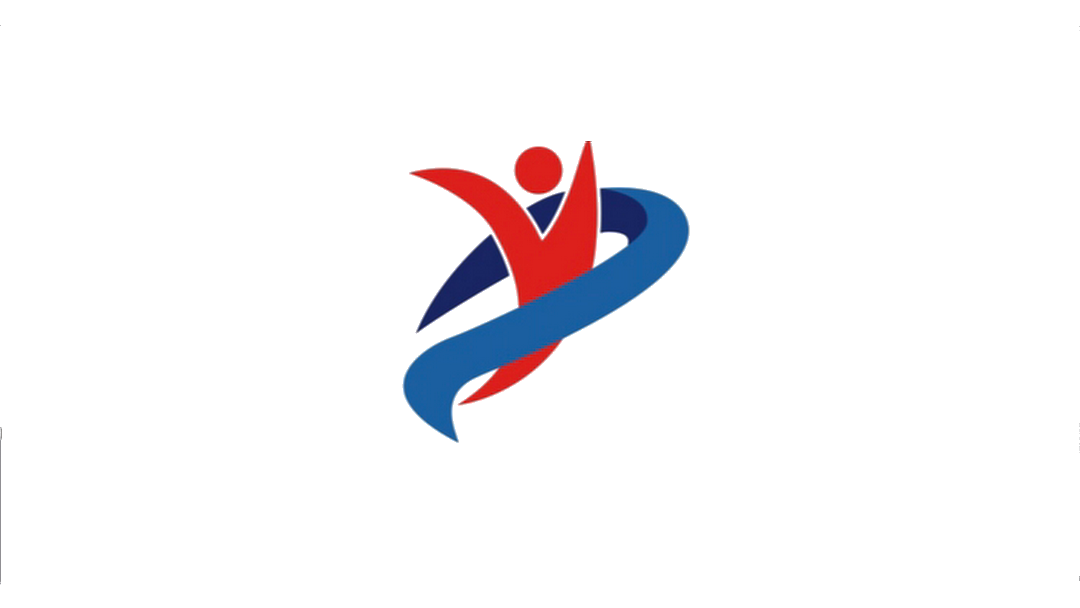 Diaphragm is the primary muscle for inspiration. Due to its large dome shape, it kind of looks like a parachute that separates your chest cavity from your abdomen.
Diaphragm is the primary muscle for inspiration. Due to its large dome shape, it kind of looks like a parachute that separates your chest cavity from your abdomen.
Proper breathing is very important due to its affects on blow flow to the tissue and the oxygenation. An efficient breathing pattern also creates stability for our body through the recoil of the ribcage and the change in intra-abdominal pressure.
Here is how breathing works: During inhalation, diaphragm descend increasing the volume of your chest to fill your lungs with oxygen. This is an active process meaning your body automatically activates your diaphragm. Exhalation is a passive process because when diaphragm just relaxes, it moves upwards, pushing all the carbon dioxide out of your lungs into the air. Sounds pretty simple right?!
Since diaphragm is a muscle, did you know it can also have trigger points that will prevent you from breathing in/out correctly? If your diaphragm has trigger points and cannot expand all the way to draw air into your lungs, that means you will have inadequate blood flow and oxygenation at the tissues which can eventually cause tissue death. Since not breathing is not an option, your body will find ways to compensate. Your neck muscles will kick in to draw your rib cage upward so more oxygen can fill up your lungs, your low back muscles will pull your ribcage down to open it up so you can get adequate oxygen.
Breathing incorrectly will also affect your gut. Diaphragm sits on top of the kidneys, spleen, pancreas and large intestine and in front of low back muscles. A dysfunctional diaphragm and tight back muscles will also effect these organs and vice versa.
You become a chest breather when you are working so hard to take a breath in. In some cases, you may hear some wheezing or crackles.
How do you think you will perform at the gym or at your favorite sport? When your muscles demand more oxygen from your lungs, your chest even need to work harder to get oxygen. You will get tired easier, your form will be compensated, your skeletal muscles would be compensating for your respiratory muscles therefore your strength, endurance, speed and performance will greatly affected.
Many athletes have an INHIBITED diaphragm that cannot function properly. Wondering what the solution is? First step is to assess your breathing pattern; are you a chest or diaphragmatic breathing while at rest? Second step is to see what kind of a breather you are during activity. If you are a chest breather in one or both, then your third step is to releasing those trigger points that are preventing your diaphragm from functioning properly. Last and fourth step is the re-assessment to see if the problem is resolved or not.
Subscribe to our self help tools to assess whether you are a chest or diaphragmatic breather.
Follow 4 simple steps to improve your performance, speed and endurance within seconds.
Stay tuned in for more, stay fit, stay awesome!
images retrieved from:
http://snowbrains.com/wp-content/uploads/2013/05/deep-breath.jpg
